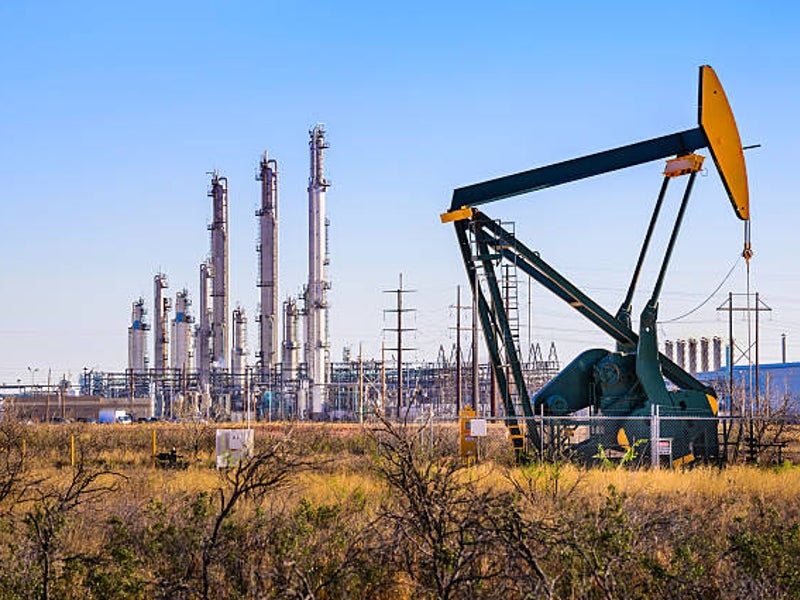
Research from consultancy firm Environmental Resources Management (ERM) into the relative gas emissions intensity of over 300 US oil and gas companies reported “dramatic variations” in methane, carbon dioxide, and nitrous oxide emissions.
The research was completed for Ceres and the Clean Air Task Force, and its findings support data from the US Environmental Protection Agency (EPA). EPA findings reveal that the highest emitting oil and gas corporations had roughly 23 times the methane emissions intensity of the lowest emitting enterprises.
The findings could assist shareholders in deciding between potential investments. These could be especially significant as the EPA seeks to modify federal methane policies this year. The regulation, once completed, will eliminate 41 million tonnes of methane emissions from 2023 to 2035, the equivalent of 920 million metric tonnes of carbon dioxide, according to the EPA.
According to the most recent Kayrros basin-level data, methane emissions from several of the most productive U.S. oil, natural gas, and coal basins are likely to increase significantly in 2022 after rebounding from Covid-19 lows in 2021.
Emissions intensity varies even among similarly-sized firms in the same geographic area, owing to differences in equipment and operational procedures. Pneumatic controllers were the largest source of reported production-segment methane emissions, accounting for 61% of total emissions.
The largest source of total reported production-segment carbon dioxide emissions, including engines and heaters, accounted for 58% of all reported carbon dioxide emissions.
Methane contributes to climate change significantly and is more than 80 times more potent than carbon dioxide in the first 20 years of its existence in the atmosphere.
Andrew Logan, senior director of oil and gas at Ceres says, “Oil and gas producers are not equalled when it comes to methane emissions, and this research makes quite clear that a company’s climate impact is a direct result of operational decisions within its control”, and urges oil and gas companies to take accountability for the emissions.
According to the Intergovernmental Panel on Climate Change, methane emissions alone are responsible for over half of the global warming experienced to date, and methane levels in the atmosphere continue to climb each year.
“Due to its relatively short-lived atmospheric impact, reducing methane emissions is the best available tool to slow global warming in the near term”, says ERM. As the report’s performance disparities indicate, there are now readily available methods for rapidly reducing methane emissions from the oil and gas industry.



